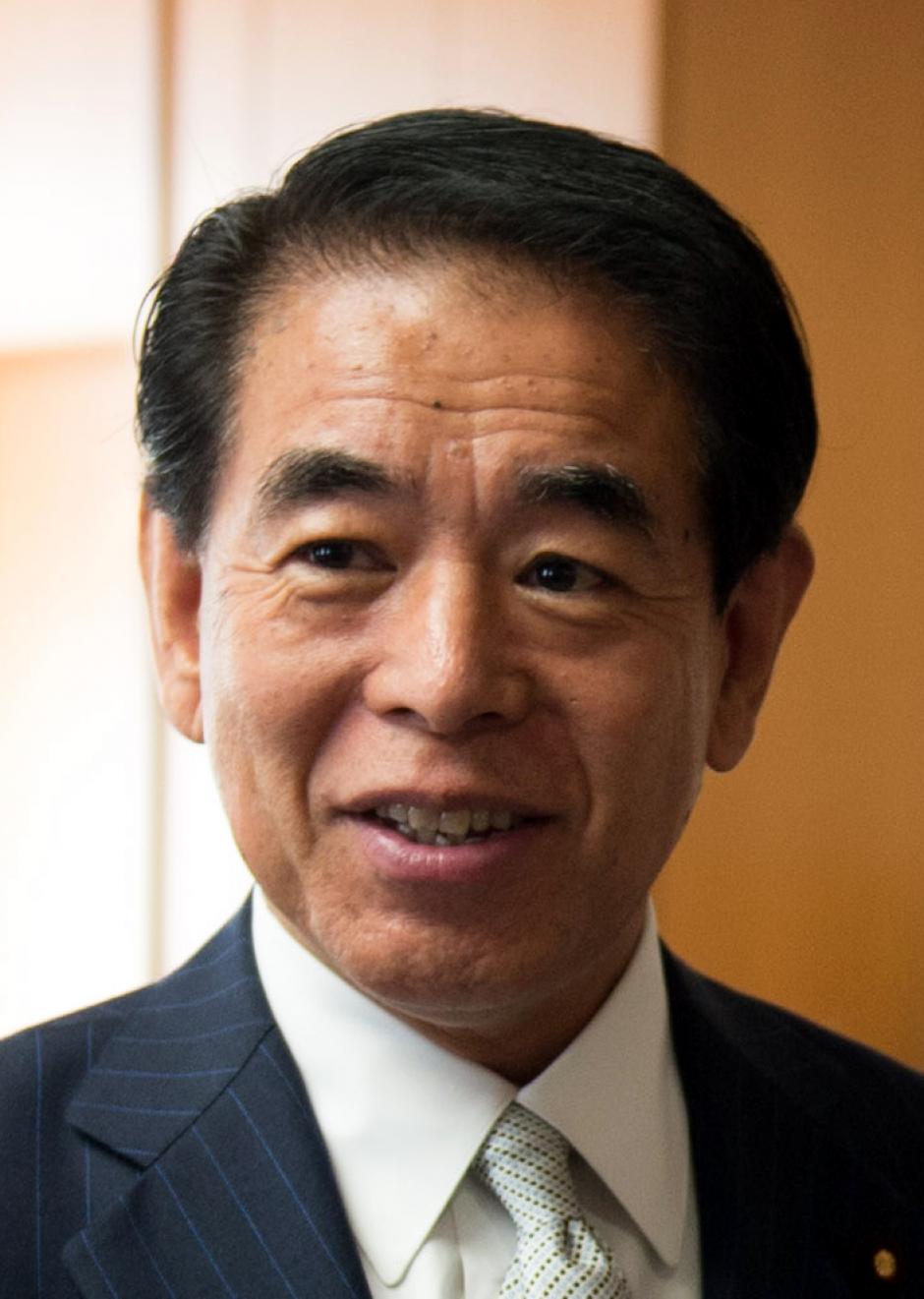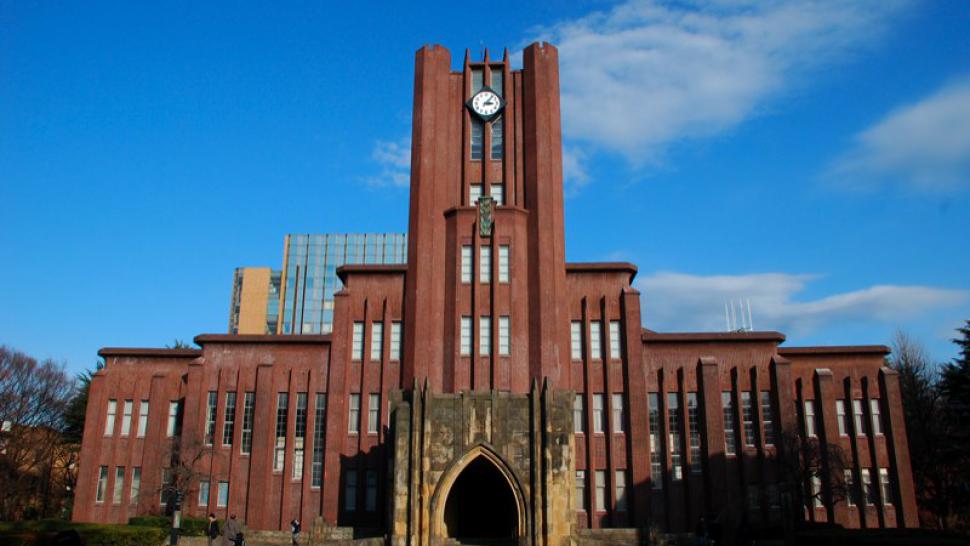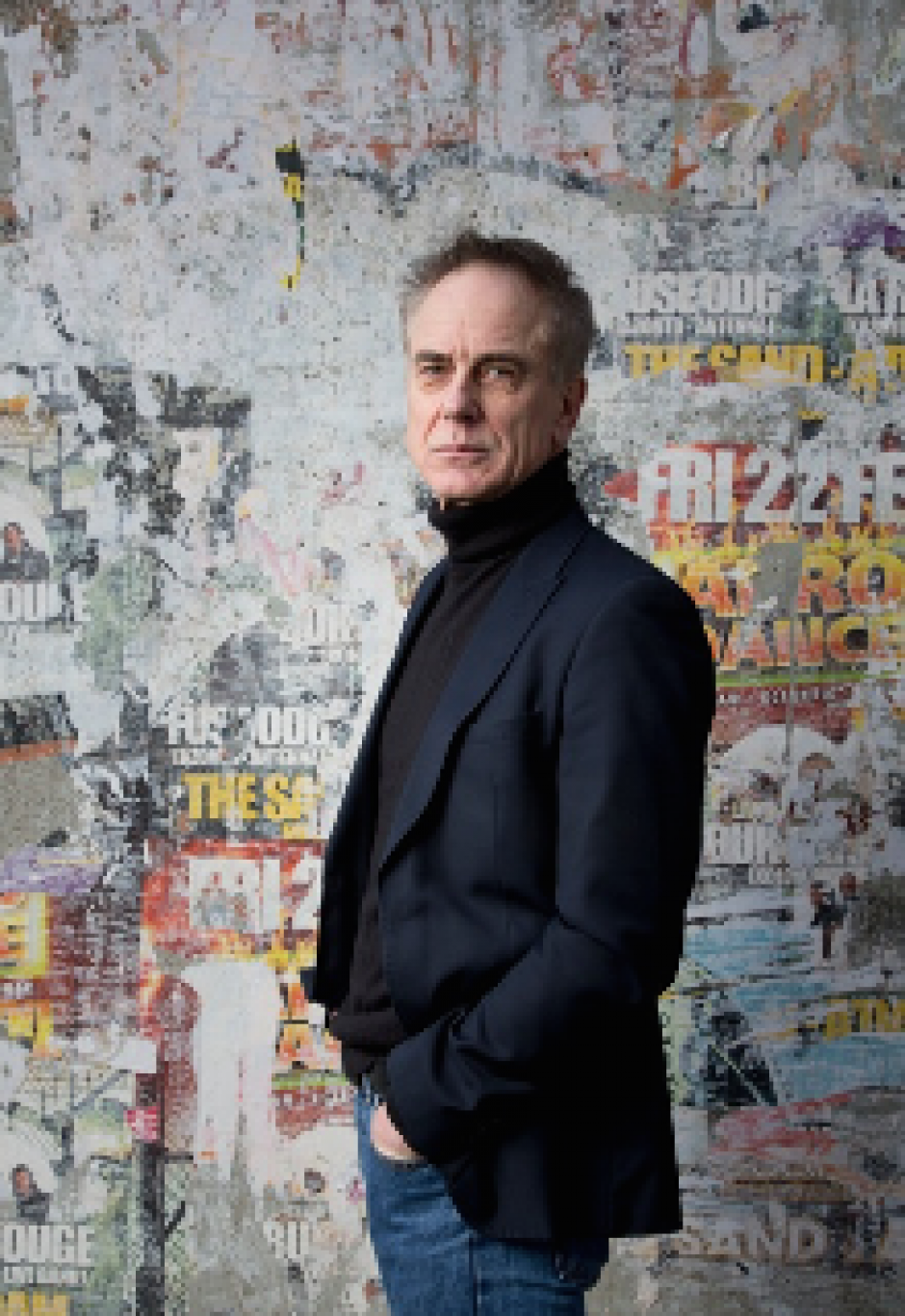
Creative cuts, or cuts to creativity?
Almost half of Japan’s public universities are cutting humanities and social sciences from their curricula – by governmental decree. It is an economic experiment that dwarfs Dutch academic budget cuts in comparison. Yet, like all experiments, it might well teach the observer something.
This month, Japanese newspaper Yomiuri Shimbun conducted a survey among all public universities in the country. The questions related to how each university was going to respond to the ministerial decree that all social sciences and humanities programmes be stopped or significantly cut back. About half the institutions asked were already taking steps to comply. Others were seriously considering this new governmental policy: to favour vocational degrees and applied, technical degrees over the humanities and social sciences.
To Western ears, this may sound rather stringent. To some activist groups in Amsterdam, it must seem like a totalitarian dystopia. After all, the threat of some of the UvA’s humanities degrees being cut, and the sale of one of the faculty’s buildings, was enough to spark a fire that raged throughout the past year – one which groups such as Rethink keep from going out.
The needs of society
But is it inherently unacceptable for a university to respond to societal pressures, and adapt to the increasing demands that higher education yield more applicably skilled graduates? Are the staunch defenders of apparently less ‘remunerative’ degrees not just as stubborn as the administrators wishing to streamline their institutions for modern times? Every academic would agree, after all, that empirical experiments could lead to new knowledge.
An educational experiment is certainly being conducted under Japan’s current government. The country is still recovering from the economic recession of the 1990s and early 2000s, known as the ‘Lost Two Decades’. Prime Minister Shinzo Abe was re-elected in 2012, partly because of his specific economic strategies (dubbed ‘Abenomics’). One of his aims is to boost an ageing population’s working efficiency and productivity, and for years, he has openly declared his intent to reform higher education to the same end. In 2014, he promised an economic development board that ‘rather than deepening academic research that is highly theoretical, we will conduct more practical vocational education that better anticipates the needs of society.’
Some Japanese university presidents might, therefore, have been less than surprised when they received word from Hakubun Shimomura last summer, requesting them to ‘take active steps’ to abolish programmes in the social sciences and humanities, ‘or convert them to serve areas that better meet society’s needs.’
Outrageous
Sigu University president Takamitsu Sawa scathingly condemned ‘the bad tradition of evaluating academic learning and sciences in terms of their utility, with private-sector enterprises meddling in higher education’ in The Japan Times. She called the minister’s proposals ‘outrageous’, and stated with almost un-Japanese resoluteness that she would not tolerate ‘anti-intellectuals distorting the government’s policies related to higher education.’ The Science Council of Japan was equally vocal in its opposition.
An op-ed in The Japan Times cautioned that ‘pursuing studies of humanities and social sciences may not produce quick economic results. But shunning them risks producing people who are only interested in the narrow fields of their majors. Studies of literature, history, philosophy and social sciences are indispensable in creating people who can view developments in society and politics with a critical eye. In this sense, Shimomura’s move may be interpreted as an attempt by the government to produce people who accept what it does without criticism.’ The minister should realise, the Times warned, that this strategy would ultimately damage creative work within technological fields as well.

And yet no university buildings were occupied, no protest marches organised. On the contrary: as the Yomiuri poll demonstrates, about half the universities are moving to comply with the government’s degree. Considering these are publicly funded institutions – Shimomura’s decree left private universities to do as they please – perhaps they feel they have little choice. The fact that only the two largest and most prestigious universities of Tokyo and Kyoto have refuted the decree outright is telling.
Tangible results
But the other universities might also see some sense in the governmental strategy. A modern society, vying for economic prosperity in a high-speed, international technology market; many Japanese seem to agree that it might be decadent to defend liberal arts at any cost and feel that a move towards technical, and especially vocational education, is simply more efficient.
‘In current-day Japan, there is a definite emphasis on vocational education,’ says Ben Schouten, lecturer of Design for Games and Play at the HvA. As part of one of several exchanges between the HvA and Japanese universities, he visited Fukuoka University of Design and Osaka Electro Communication University. ‘Those institutions aim at innovation, research through design and teaching applied science – something you can see increasingly in the Netherlands as well. Applied research at HBO [Hoger Beroepsonderwijs, or vocational education] is gaining relevance, as it facilitates innovation so well by integrating research, theory, design and practice.’
It appears that the classic divide between the ‘two cultures’, with the arts and humanities on the one hand, and sciences and technology on the other, is increasingly being recast in economic terms – and not just in Japan. In 2013, British Culture secretary Maria Miller caused a stir when she insisted that the arts must yield tangible results and demonstrate through ‘healthy dividends that our investment continues to pay.’ To the dismay of her listeners and many commenters in the media, she concluded that ‘in an age of austerity, when times are tough and money is tight, our focus must be on culture’s economic impact.’ With these sentiments – and this austerity – on the rise everywhere, perhaps there are lessons to be learned from Japan?
Innovation-driven
Lector Ben Schouten has first hand experience with the arts-science divide. Trained as a visual artist, he pursued an academic career in computer science and design before consciously making the choice to teach vocational programmes. The two needn’t be this starkly opposed, he feels, but the pull of an innovation-driven market is definitely making itself felt.

‘Traditionally, there would be curiosity driven research first, and then, in some cases, one could see this research applied to a useful end in society, much later. Now that has been completely turned around, because of the increased speed with which technology is being developed. At many educational institutions, Japan is responding directly to questions and prompts of the market. In technology, the speed of elaboration is much faster and the time to market has become a crucial factor in technology in a way it has never been before.’

Technological advances are changing other fields as well, Schouten stresses. ‘Humanities departments, for instance, are increasingly nudging their way to e-humanities.’ Innovation is not just something that happens within technology; the social sciences and the cultural world are engaged in it as well. ‘But the way that theoretical universities, in their descriptive nature, utilise their research could be well accompanied by a research through design perspective.’
For true innovation, you need to stimulate and train every kind of talent, says Schouten. ‘The Netherlands are quite unique in this sense, as we manage quite well to integrate all those disciplines, from culture to technology. To focus aggressively on technology like India and China to get ahead is too limited.’
One-dimensional
All in all, it seems clear that it is not wise to abandon any area of academic pursuit, whether they are the humanities faculties, liberal arts programmes or the entire package of social sciences to be axed at Japanese public universities - including law and economics degrees.
‘The Japanese have a cultural tendency to strive for control in many areas of society’, says Schouten. ‘The way they keep the elderly active and entertained through game technology, for instance, is very advanced – yet the quality tends to remain one-dimensional, lacking a cultural or social dimension. Without curiosity-driven research, the pool of knowledge that can be applied will, at some point, run dry.’
Ironically, it is Education Minister Shimomura himself who might have put that same point best, in an interview with The New York Times. On the occasion of his son’s graduation from a British University despite his learning disability – something that would have never been possible in Japan – Shimoruma mused that ‘the British system is more open to a broader range of people and talents. I would like to see the system here be revamped so that avenues of opportunities will be open to all children. After all, considering where we want to go, it is less important for us to create 10,000 people with run-of-the mill capabilities than a few with superb talents.’ And yet, many now argue, his current policies are doing exactly the opposite.
Though Japanese methods might throw quite a few babies out with the bathwater; Schouten feels that academia in general might be due for a recalibration. As we enter an era of lightning-speed technological development, he argues, applied science will become more prominent in the West as it has in the East. ‘In this era, to strive for real innovation, technology has to be integrated in society and culture. In this way the vocational degree and the university degree are both currently revaluated.’
Whatever lessons the Japanese experiment will teach the world, one would be best applied in Dutch society right away, the lector concludes: the hierarchy that puts applied science slightly below the purely theoretical. 'That is a mindset that's still prevalent here, and one that we have to go beyond.'

